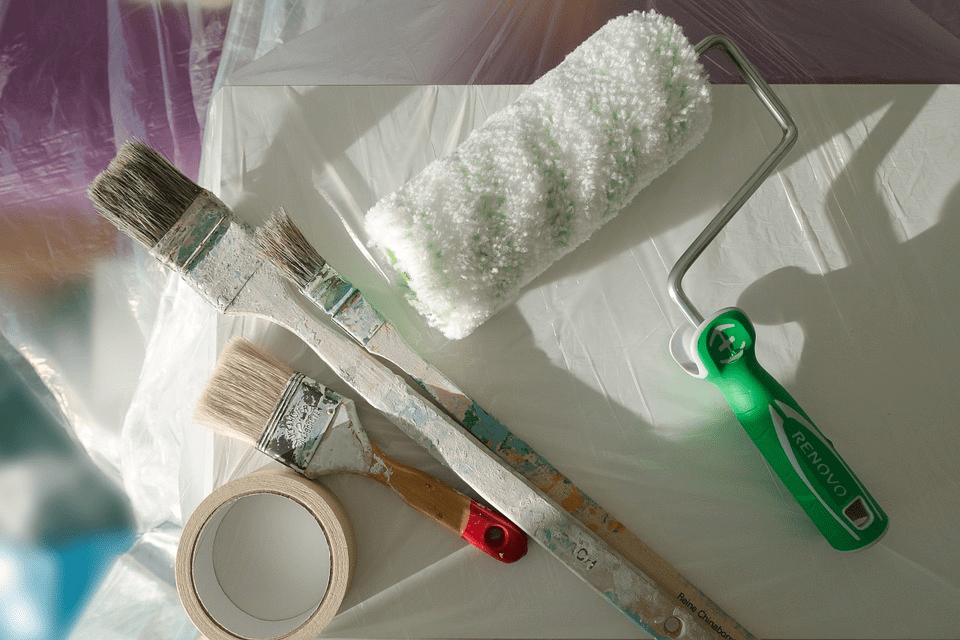Flipping houses come with both short and long-term benefits. Getting them right is something you learn with experience, and there are substantial returns for those who stick with the gig despite multiple failures.
Apart from a sizeable nest egg, here are some of the many upsides of rehabbing homes for real estate investors.
1. Minor Repairs May Ramp Up the ARV
Not all houses require extensive remodeling; some just need a new coat of paint, while others might only require new plumbing fixtures. You may find a neglected property like this one at a steep discount and get it ready for resale with a few tweaks here and there.
An added benefit of minor renovations is the money you save on taxes, labor, and maintenance. These expenses would be significantly higher if you were to take more than a month or two on the project.
2. A Fairly Quicker ROI
The odds of making a return on investment (ROI) with buy-and-hold properties is more unpredictable than it is with fix and flip properties. There’s a fair bit of gamble in the former while the latter pretty much guarantees a profit at best and a no-loss scenario at worst.
While buy-and-hold properties run the risk of losing value the longer you hold onto them, dilapidated properties are discounted, meaning you can simply follow the 70% rule to make sure you set aside at least 30% of the After-Repair Value (ARV) for repairs, selling costs, and of course ROI.

3. A Safer Bet Than Investing in Stocks
The stock market goes up and down by the minute because it’s highly sensitive to personnel reshuffles and political events. While the same can be claimed for other real estate properties, fixer-uppers are an entirely different ballgame.
For instance, you’ve got your Capital at Risk (CaR), making sure you stay far away from the loss margin. Such inherent measures make your investment all but bulletproof against events at the national and international levels.
4. Less to Manage and Maintain
Unlike other real estate properties, fix and flip investors don’t have to deal with the following:
- Tackle leasing risks.
- Let out the property.
- Make sure all the rents are paid.
- Bookkeeping for rents and maintenance costs.
- Paying for regular upkeep.
While house flippers do have to pay for the upkeep until the property sells, the moment the house comes under new ownership, so does the bills and utilities that come with it.
5. More Connections
You’ll come across many people during the course of a home remodel or renovation, such as real estate agents, attorneys, contractors, home inspectors, brokers, and fellow investors.
Interacting with these experts would help you learn best practices and create more avenues to learn about fixer-uppers in the area.
Make Quick Returns with Flip Loan Financing in the US
Find hard money loans with top-notch terms at Insula Capital Group. Our private lending solutions for fix and flip houses, single-family homes, mixed-use properties, and new construction rank among the best in this country.
Take a look at projects facilitated by our fix and flip lenders to get started on your own.
Get in touch for more information on a fix and flip loan.




